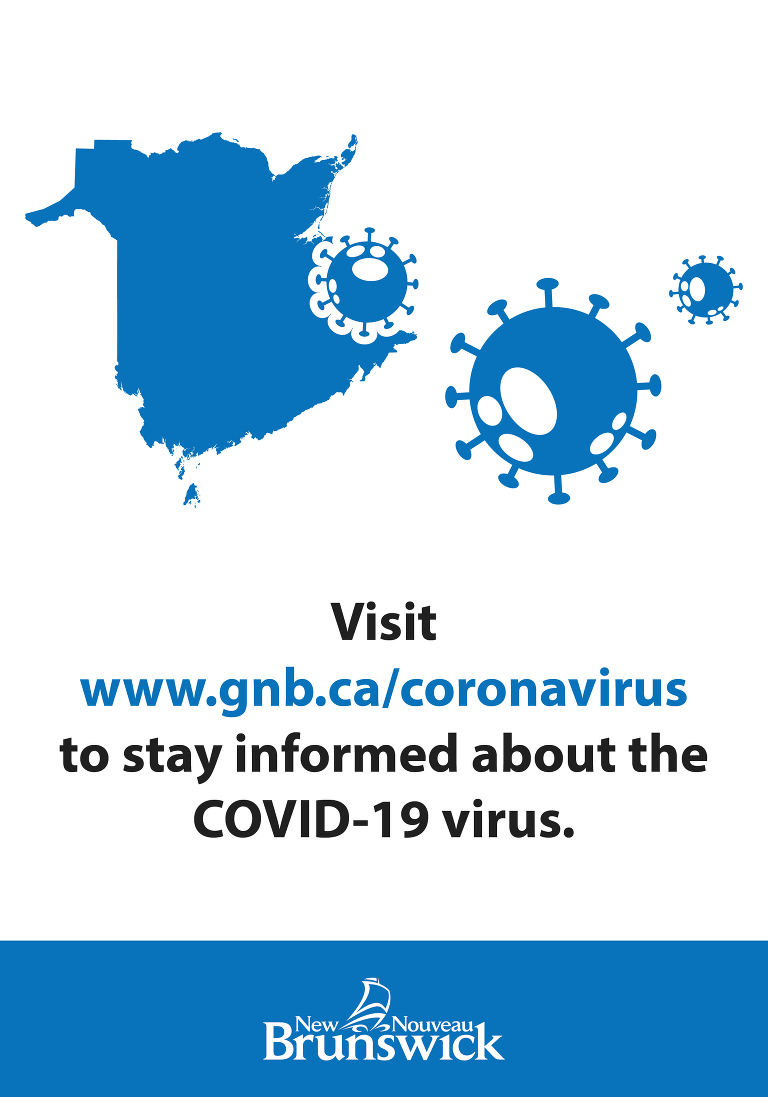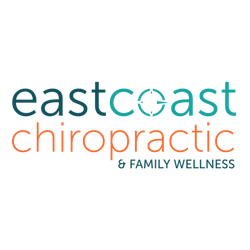.png)
Most of us have found ourselves standing in front of the car seat displays at our local retailer feeling overwhelmed with the choices available. How do you choose? Many parents ask friends and family for recommendations or research online and only end up more confused.
One of the questions I’m frequently asked is “What is the safest seat I can buy?”
There are four criteria;
- How well will it fit your child
- How well will it fit your vehicle
- Does it fit into your budget.
- Can it be correctly installed every time.
So here are a few tips to help you purchase one of the most important safety devices for your child:
Fit to Child:
- If you are looking for a way to save a few dollars, you can skip the infant seat (aka bucket seat). There are many convertible car seats (rear-facing to forward-facing) that actually fit babies better than some infant seats. They also last much longer considering the majority of parents are replacing the infant seat with a convertible seat between 5 – 12 months. Just go straight to a good convertible seat that will last until the child is 5 -6 years old.
- Look at more than just the weight allowances that are often used to advertise seats. Height restrictions and harness heights play a role in how the seat will fit your child, too. For example, the average newborn has, on average, a 7 inch torso. Avoid infant or convertible seats where the lowest harness height is more than 7 inches because it likely will not fit your newborn. In addition, top harness slots are important too. They higher the slot, the more room the child has to grow. And there are big difference. Some seats only have harness slots going up to 14” whereas the highest one on the market to date is 19”.
- Also, keep in mind, most kids will grow out of their car seats by height before weight, so look at the height restrictions too. Purchasing a seat with 40 inches or more for rear-facing and 54 inches or more for forward facing means you will likely get more time with your child in that seat. (better value!!)
Fit to Vehicle:
- Those big seats with all the extra padding might seem like they would be comfortable, but if the seat is especially big then, as your child grows, it makes it much more difficult getting them into or out of the car seat without hitting their heads off the vehicle. If you have to add other seats later on, you may find that you are forced to replace the big, bulky seat to make room for others.
- The front to back space the car seat consumes can make sitting in the front seat a bit more difficult. For more compact vehicles, you really want to look for seats that are designed to fit in compact vehicles. The good news, there are some really great seats that fit in compact vehicles while also providing you the benefits of extended rear facing.
- If your vehicle has fixed headrests (can’t be removed or moved up) and if they tilt forward, you could have some challenges finding a forward facing seat that fits properly. Test the seat, if you can, before purchasing. You want to make sure you can get the child seat back flush with the vehicle seat and with a tight install.
- Does your vehicle have long buckle stocks? You may want to purchase seats that sit a little higher up to give you room to tighten if you need to do a seatbelt install.
- Is your UAS pretty deep into the vehicle seat? Be a little more selective of the UAS connecters that come with your car seat. If they are not very flexible, it could pose some challenges. (or you will just need to revert to a seatbelt install, which is ok too)
Fit to Budget:
- Let the guilt go!! I can happily tell you that you don’t have to buy the $500 seat in order to keep your child safe in the car. All seats approved for use in Canada (they have the maple leaf sticker) pass the same standardized testing. The test is a pass/fail so there is no spectrum of seats that are safer than others. The $99 seat or the $500 seat, they must pass the same testing, so no more guilt! Buy the seat that fits your budget. (BTW, for this tech, the seat that is frequently on sale for around $99 is one of my favourite seats! Both my kids have used it)
- Avoid the temptation to ‘save money’ by buying a 3-in-1 seat with claims that it will ‘be the only seat you ever need!’. Have you seen how messy kids can be? What will that seat look like in 7 years? Seriously though, and most importantly, what we have found is that many of these seats do not do all stages well. They either don’t fit newborns well, they have shorter rear-facing limits, harness heights are too low for forward facing, or they don’t fit well in booster mode. You will be farther ahead by buying a long lasting combination seat and then buying booster seats when the time comes. (It can also work out to be significantly cheaper!)
(note, at the time of writing this article, one brand new seat came to the Canadian market that is really grabbing attention, the Graco 4ever has received our recommendation for a 3-in-1 worth considering.)
Easy to install
- If a seat is not correctly installed every time, then we cannot say it is safe. That’s the bottom line. If you know you will be moving the seat frequently, maybe getting the seat that weights 35lbs is not going to be the best fit for you. Look for lighter seats that can be easily moved between vehicles.
- If you are in the market for a new seat, I encourage you to take a look at this selection of recommended seats: Go here: http://vicarseattechs.com/ and click on “Our Favourite Seats”.
If you are in New Brunswick, I encourage you to join NB Safe Little Passengers on Facebook where you can find me and other local techs. We are more than happy to consult with you to help narrow down the seats best suited for your specific needs and situation. The best part, we can usually meet with you in person to show you how to install the new seat you purchased.
Kelly Stainforth | Child Passenger Safety Technician (CPST)



















